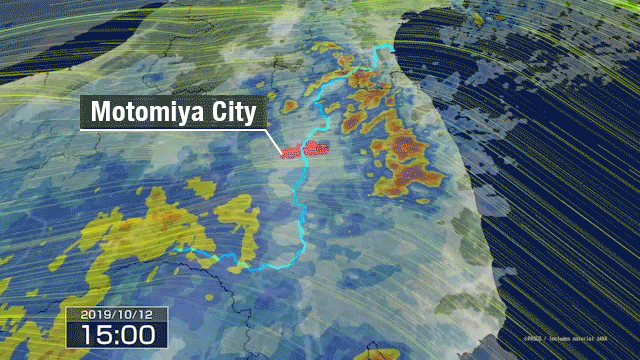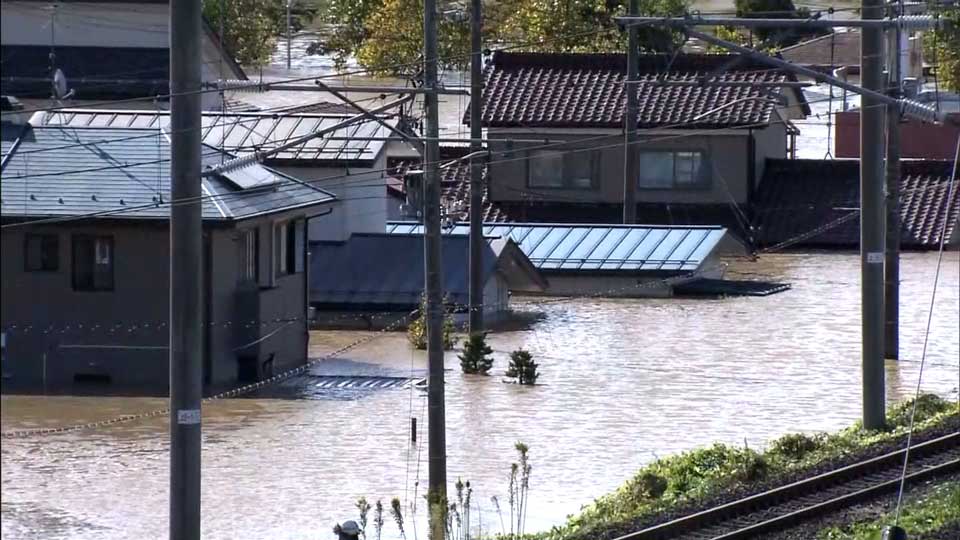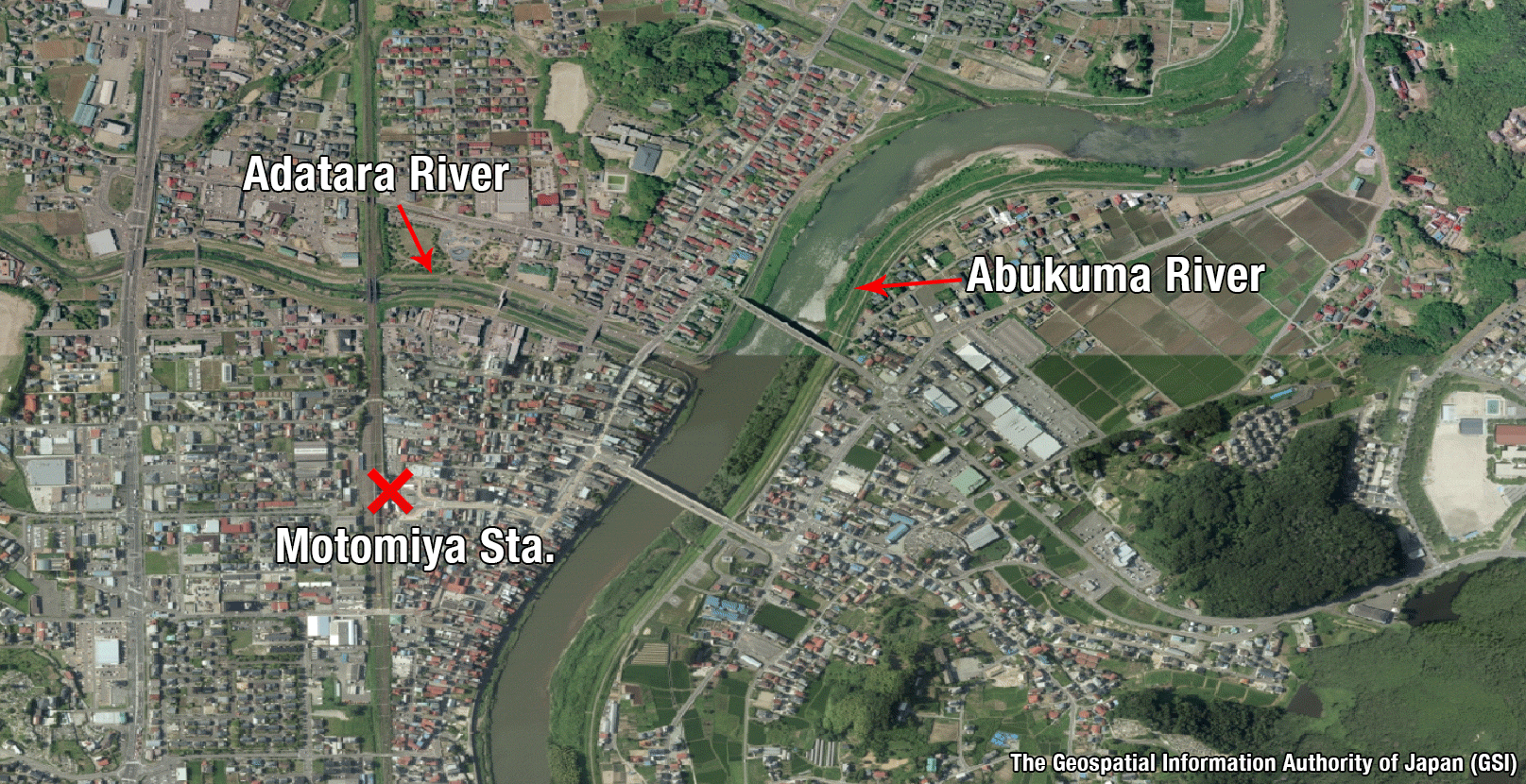Seven people died in the city of Motomiya, among them 78-year-old Sachiko Suzuki. She lived alone in a house located between the Abukuma River and a tributary called the Adatara River. She was found dead in her bedroom on the first floor on Monday morning.
Her son Norio retrieved a walking stick from the muddy mess inside the house. "This is probably the one she usually used," he said.
The cane had significance too. Sachiko had been having problems with her legs for several years. Her son explained that she rarely went upstairs, so kept everything she needed on the first floor. He said he regrets that he didn't call her to suggest she sleep on the second floor in case of flooding.

Sudden flooding
The Abukuma and Adatara rivers meet in the downtown area of the city. One resident described how he watched in shock as the water suddenly rose to just under the second-floor window of his neighbor's house.
How much rain was falling along the Abukuma River at the time? Japan Meteorological Agency looked at the 48-hour period to noon on Sunday. It found that the amount of rain in the river's upper and lower reaches was two to three times the monthly average for October.
An Agency official says more than 200 millimeters of rain fell in the Abukuma basin and the total rainfall reached 300 to 400 millimeters along the upper reaches.

This graphic shows the rainfall in Motomiya during that time. Heavy precipitation continued from late Saturday afternoon into the night. Shortly after midnight, the rain clouds had passed through.
However, the water level in the Abukuma River continued to rise from Saturday night through the early hours of Sunday.
The river overflowed at around 1 a.m. on Sunday, sending huge volumes of water into an area filled with homes and businesses.
A woman who lives alongside the river described how she saw it all happen. She said it was sudden and when she noticed the water, it was already bearing down on her. She climbed up a nearby embankment when her home quickly flooded and spent the whole night there watching the river overflowing until dawn.

After the rain
So why did seven people lose their lives here?
All of them lived in the area near the station, where there are many shops and houses. Five died on the first floor of their houses or apartments.
A man living in the neighborhood says the heavy rain began to subside around 10:30 p.m.. He says people may have felt relieved on seeing that and gone to bed.
The strong winds and rain had almost stopped by 1 a.m., which was before water began to flood into the area. Many people were asleep while the river continued to rise.

Trapped at home
Professor Seiki Kawagoe at the graduate school of Fukushima University says flooding can cause heavy damage in urban areas.
Roads don't absorb water the way fields can, so flood water is likely to spread quickly on urban roads and move more unpredictably. Kawagoe says that by the time the victims noticed the water, it may have been too late. He also says they may not have been able to open their doors at home because of the pressure from the flood water. He says it is possible that the victims tried to escape but simply could not get out.
Downtown Motomiya also suffered heavy flooding in 1986. The embankments of the two rivers were repaired and other countermeasures put in place. But this time, it appears they burst their banks quickly and flooded wide areas of the city as damage far exceeded expectations.
When it comes to storms, living in one of the best-prepared countries in the world provides a degree of protection, but there's no such thing as a guarantee when nature delivers one of the worst typhoons on record.

